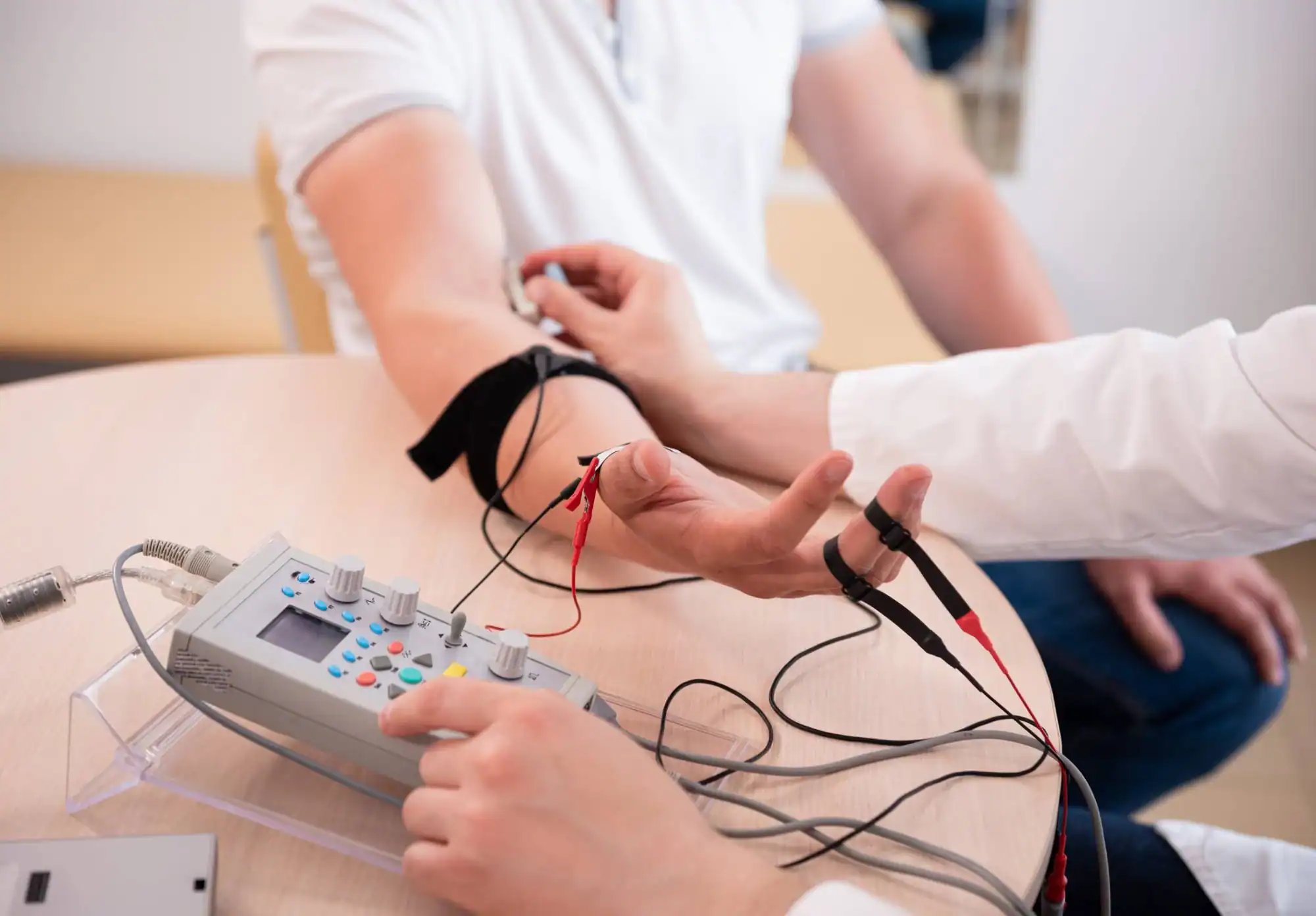Advanced EMG testing that pinpoints exactly what’s causing your numbness, tingling, or muscle weakness.
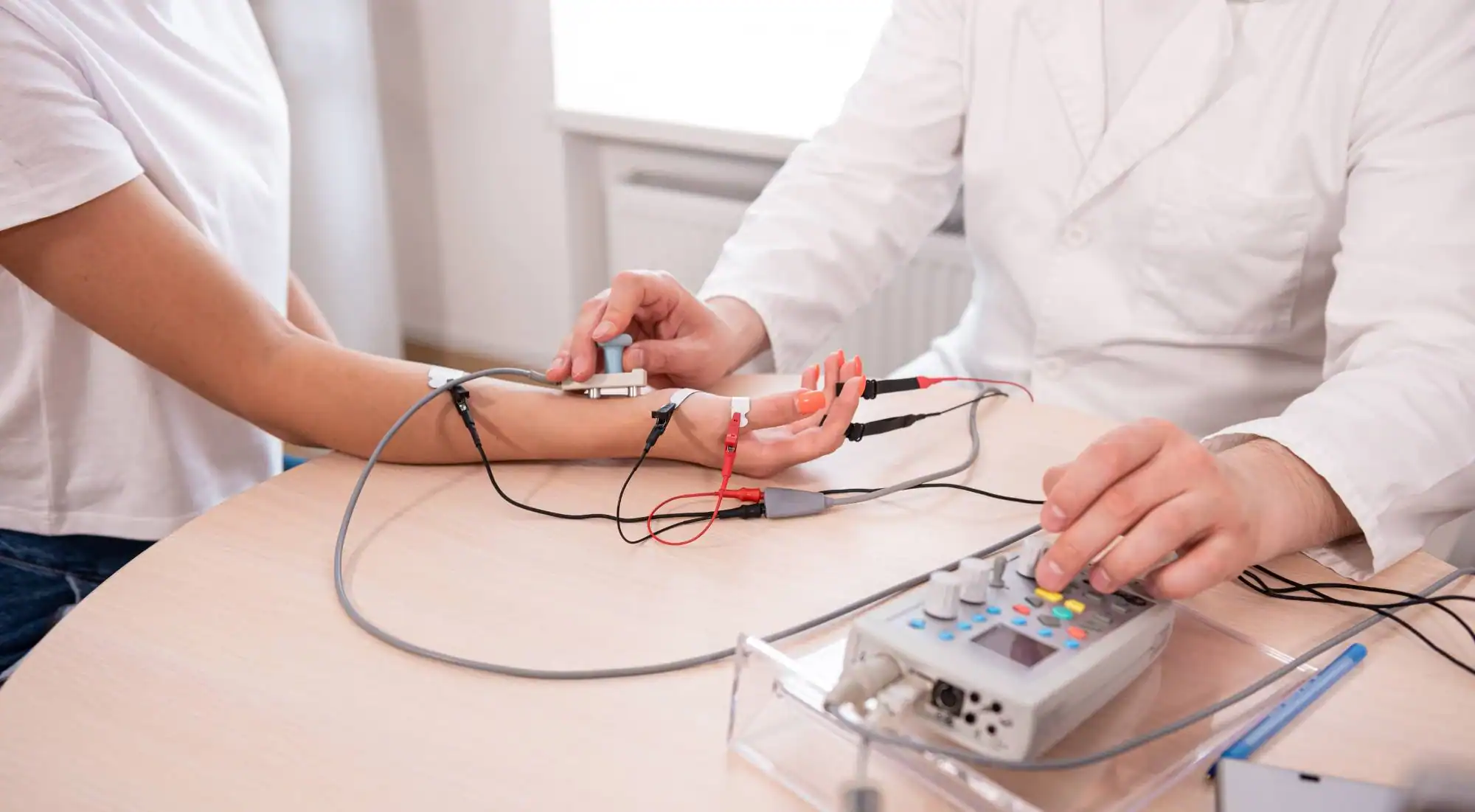
Reviews
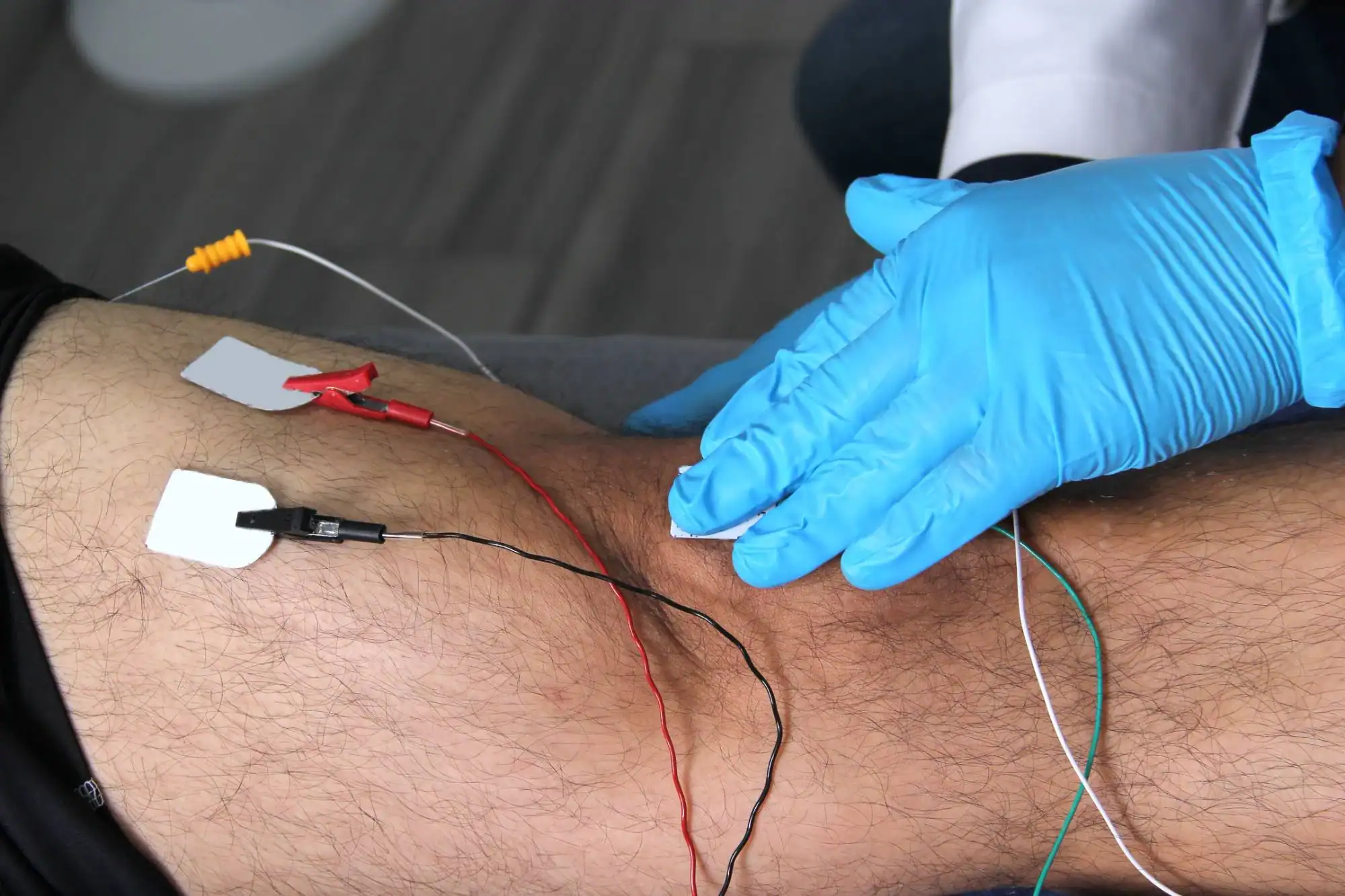
You’ve been dealing with symptoms that interfere with your daily life. Maybe it’s numbness in your hands that makes typing difficult, or tingling in your feet that affects your balance. Perhaps muscle weakness is making simple tasks feel impossible.
EMG testing gives you concrete answers. Instead of wondering if your symptoms will get worse or if you’re imagining things, you’ll have clear diagnostic results that identify the exact source of your nerve or muscle problems.
With accurate results, your doctor can create a targeted treatment plan. No more guessing or trying treatments that might not address the real issue. You’ll know whether you’re dealing with carpal tunnel syndrome, diabetic neuropathy, a pinched nerve, or another condition that requires specific care.
NY Spine Medicine has been providing comprehensive electrodiagnostic testing to patients throughout Bayshore and the surrounding Florida communities. We focus specifically on diagnosing nerve and muscle disorders using advanced EMG and nerve conduction study techniques.
We understand that waiting for answers about neurological symptoms creates anxiety and uncertainty. That’s why we prioritize thorough evaluations that provide clear, actionable results you and your referring physician can use to move forward with appropriate treatment.
Located conveniently in Bayshore, we serve patients who need reliable diagnostic testing without the long wait times often found at larger medical facilities.
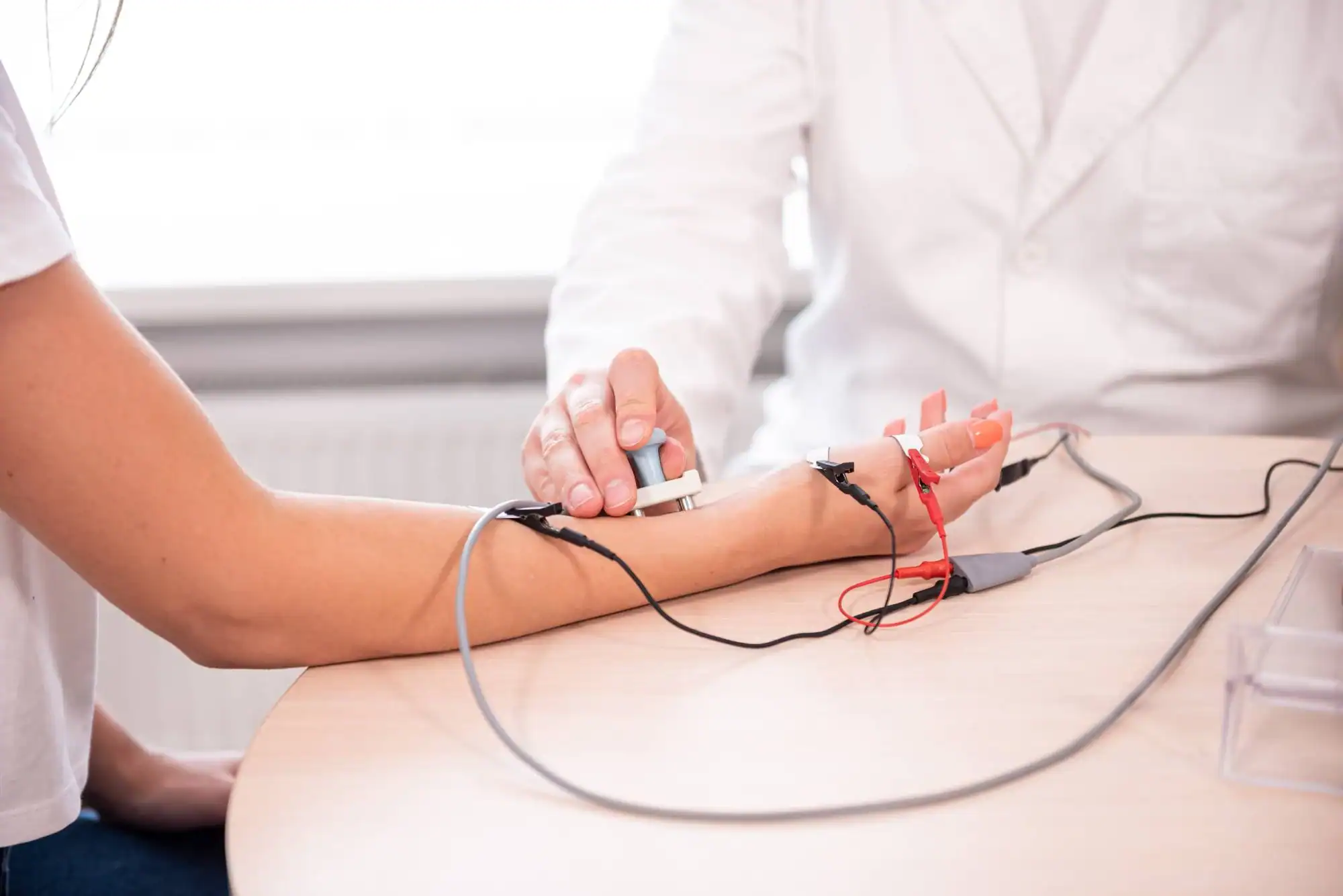
EMG testing involves two main components that work together to evaluate your nerve and muscle function. The nerve conduction study comes first, where small electrodes are placed on your skin to measure how well electrical signals travel through your nerves.
During the electromyography portion, a thin needle electrode is inserted into specific muscles to record their electrical activity. This sounds more uncomfortable than it actually is – most patients describe it as similar to getting blood drawn or receiving an injection.
The entire process typically takes 30 to 60 minutes, depending on which nerves and muscles need evaluation. You’ll receive your results immediately after testing, along with a clear explanation of what the findings mean for your condition and treatment options.
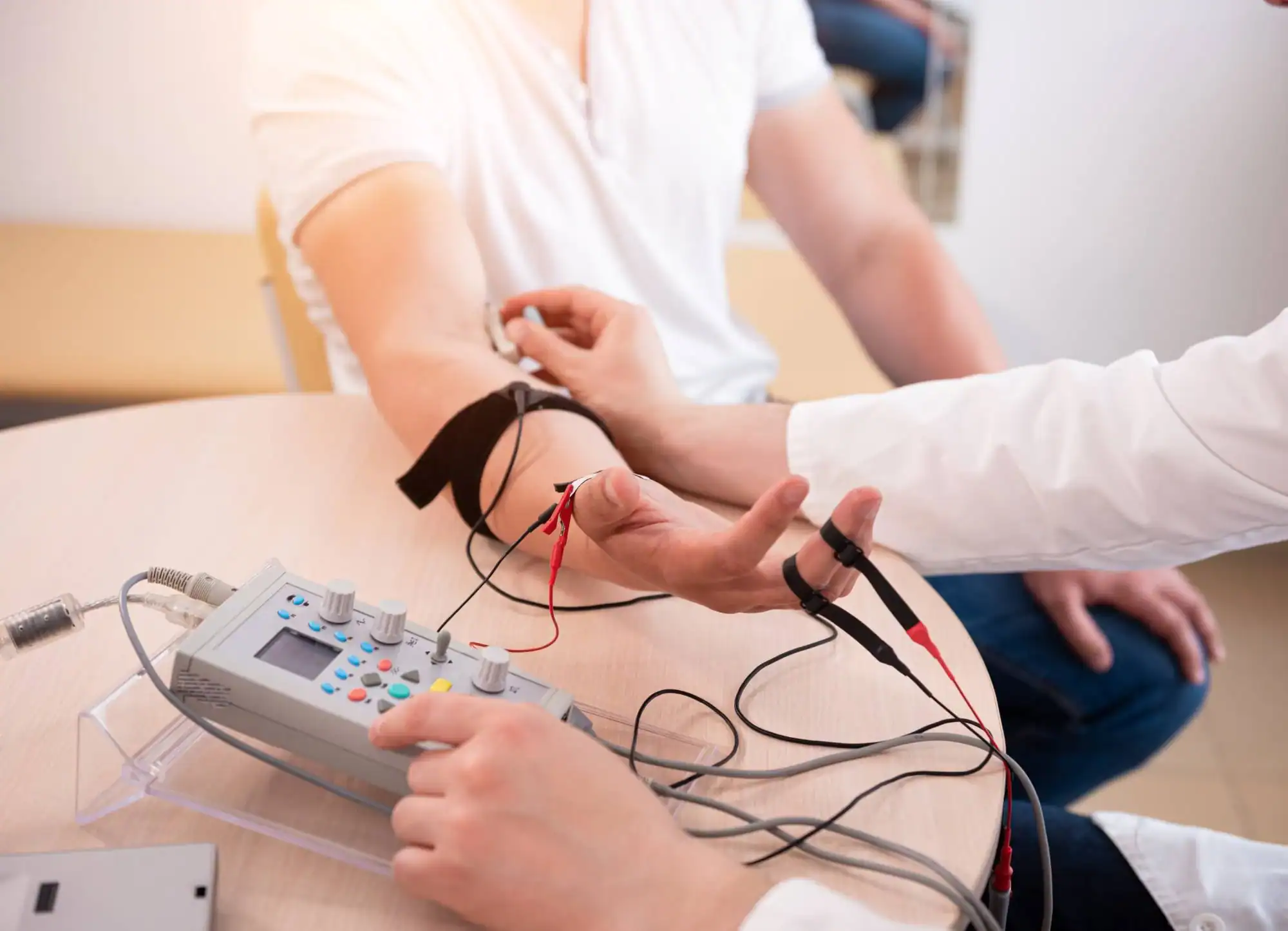
Ready to get started?
Our EMG testing at NY Spine Medicine evaluates both sensory and motor nerve function, giving a complete picture of your neurological health. This comprehensive approach can diagnose conditions like carpal tunnel syndrome, ulnar neuropathy, diabetic neuropathy, radiculopathy, and various muscle disorders.
Testing is performed using state-of-the-art electrodiagnostic equipment that provides precise measurements and reliable results. The evaluation includes nerve conduction velocity testing to assess how quickly signals travel through your nerves, and electromyography to examine muscle response and identify any abnormal electrical activity.
You’ll receive detailed results that clearly indicate whether nerve damage is present, where it’s located, and how severe the condition has become. This information is essential for your referring physician to recommend the most effective treatment approach, whether that’s physical therapy, medication, injections, or surgical intervention.
